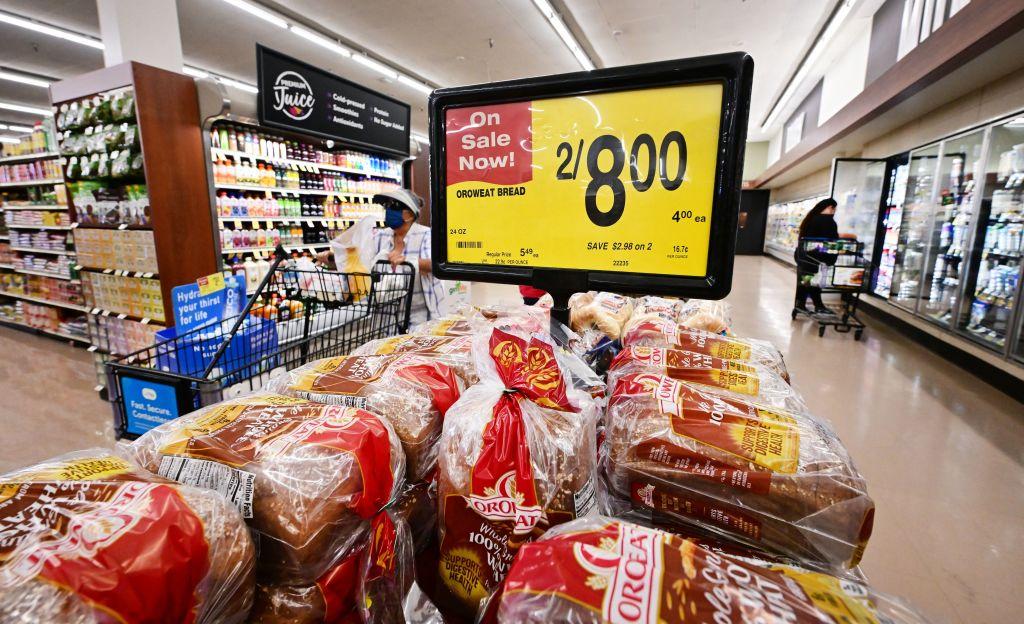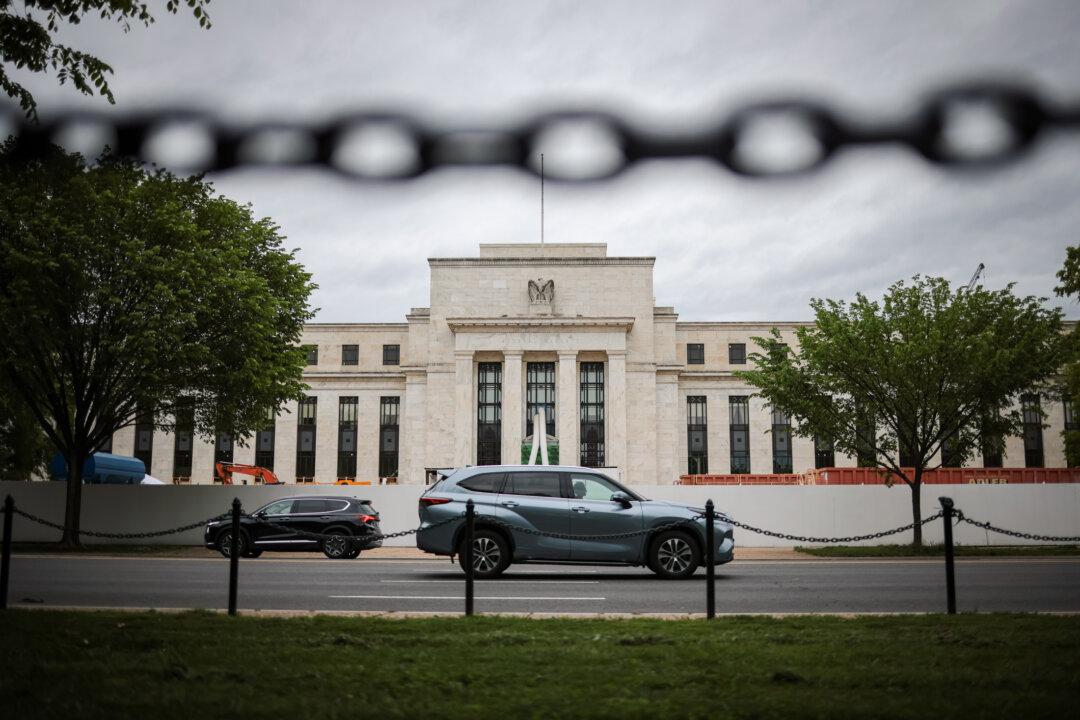Commentary
The latest released U.S. inflation rate showed that overall inflation eased a tiny bit from 8.3 percent to 8.2 percent, while core inflation (excluding food and energy) edged up from 6.3 percent to 6.6 percent. The divergence between overall and core inflation began in May and has persisted until now, as both have been showing flat trends. When there is no unilateral movement of the inflation rate, core and non-core rates can diverge, as we’ve seen over the past months, until they both restart another unilateral movement.





